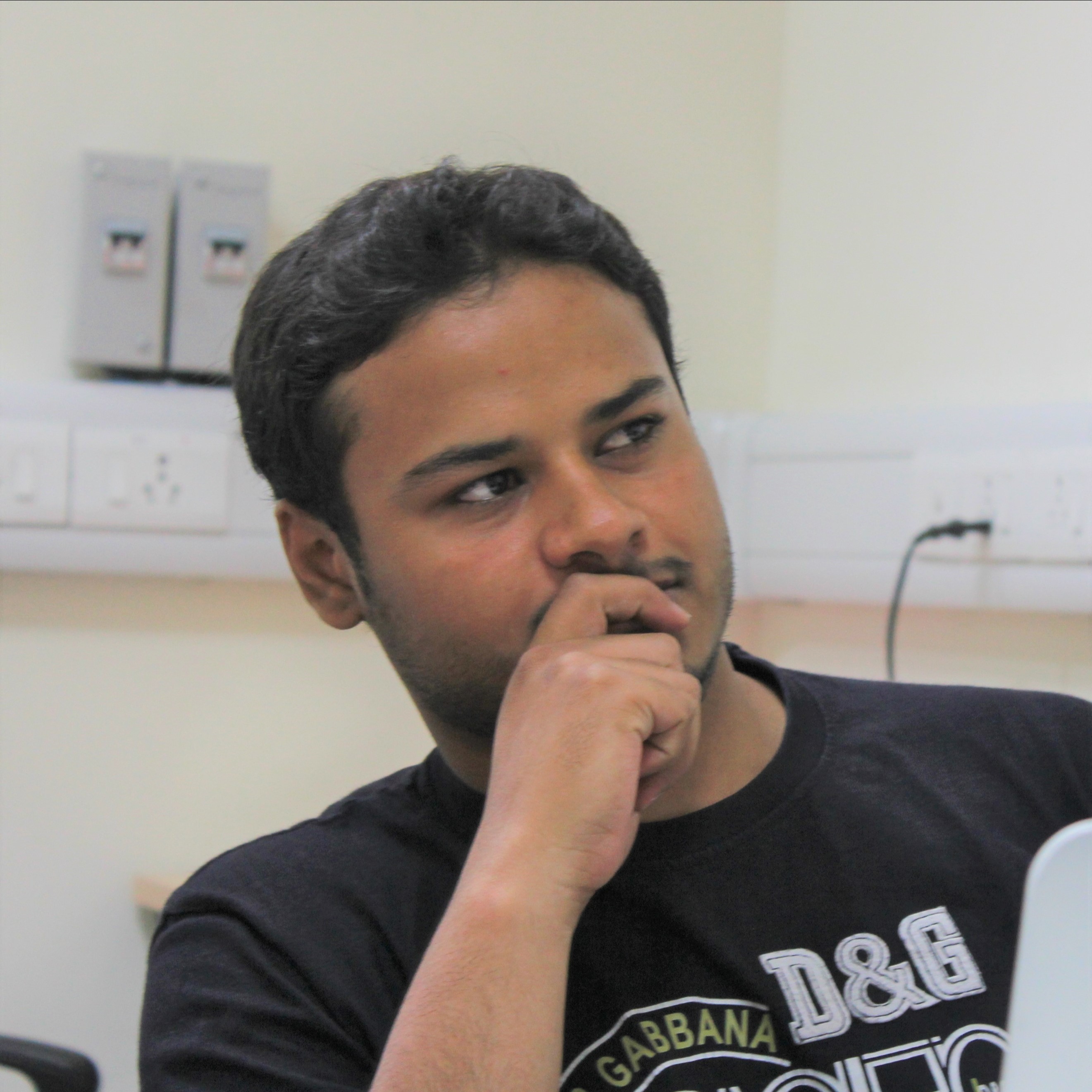As more and more scientific evidence for anthropogenic climate change compiles and points towards the inevitability of food insecurity and loss of agricultural efficiency as a major threat to humanity, the next breakthrough for humans as a species is likely to be on the frontiers of food production and nutritional security. Precision Agriculture (PA), hence, has emerged as one of the novel concepts of the twenty-first century which holds the promise of incorporating new technologies into farming and agriculture, reducing net energy input while maximizing yield. PA can be defined as a site-specific crop production and management approach where predictive tools are used to optimally utilize resources like irrigation, fertilizers, pesticides, and herbicides. By modulating the application rate of these resources to the most optimal level, PA automates in-field management of crops and adjusts the usage of water, fertilizer and associated inputs thereby effectively maintaining agronomic and ecological balance [1]. When coupled with the latest generation of biotechnological interventions, this approach can not just help us sustain climate change's threat to food security, but also ensure that we can work towards rectifying the environmental degradation that we have caused so far.
What makes PA a possible breakthrough is the rapid acceleration of data-driven decision making in agriculture, development of the Internet of Things (IoT) and nanotechnology-assisted biosensors for farming. For example, nano encapsulated fertilizers, pesticides and herbicides will regulate the release of these agrochemicals in a slow and sustained manner resulting in a precise dosage required by each plant depending on its maturity and growth requirements. On top of that, PA can always be integrated into unorthodox farming techniques like vertical farming, hydroponics and dessert farming as well. This means an increased production efficiency and a massive reduction in wastage.
A slightly different but related concept to Precision Agriculture is Controlled Environment Farming that can be applied not just to conventional crops but also to high-value herbs and medicinal plants as well. As an astounding breakthrough in this technology, Chinese researchers have managed to efficiently grow the widely sought-after half-moth-half-herb Cordyceps sinensis widely known for an array of medicinal properties [2]. This approach enables growers to mimic the exact natural habitat and growth parameters of such otherwise uncultivable high-value medicinal plants and makes it possible for the industrial-scale cultivation. This means that in the near future, we can imagine most of the medicinal plants being grown on a large scale under artificially orchestrated settings. As we know that most if not all source of our pharmaceutical products are such plants, we can expect the prices of medicines dropping while the availability and accessibility increasing day by day.
Hence, combined together, these two approaches to growing food and medicines are surely going to be the next breakthrough for humanity.
Link to world government summit report on the next-gen farming:
https://www.worldgovernmentsummit.org/api/publications/document?id=95df8ac4-e97c-6578-b2f8-ff0000a7ddb6
References:
1. Bhakta, I., Phadikar, S., & Majumder, K. (2019). State‐of‐the‐art technologies in precision agriculture: a systematic review. Journal of the Science of Food and Agriculture, 99(11), 4878–4888. https://doi.org/10.1002/jsfa.9693
2. Li X, Liu Q, Li W, et al. A breakthrough in the artificial cultivation of Chinese cordyceps on a large-scale and its impact on science, the economy, and industry. Crit Rev Biotechnol. 2019;39(2):181-191. doi:10.1080/07388551.2018.1531820









Please leave the feedback on this idea
Please leave the feedback on this idea
Please leave the feedback on this idea